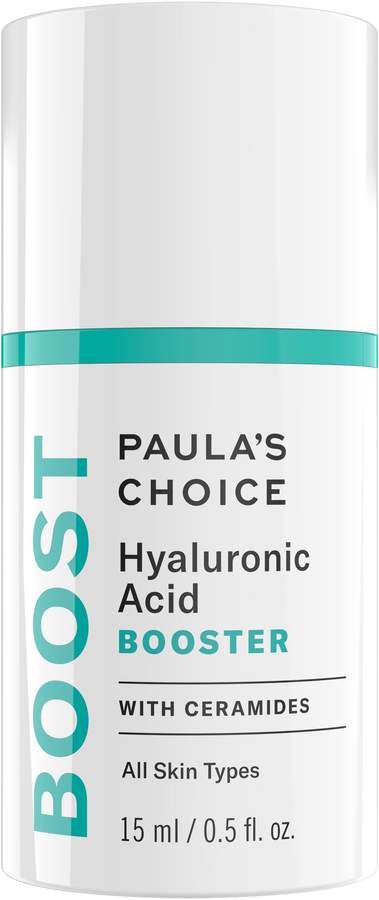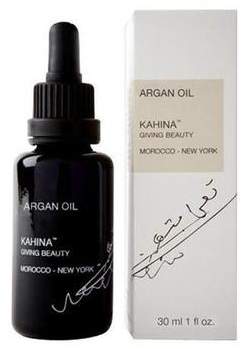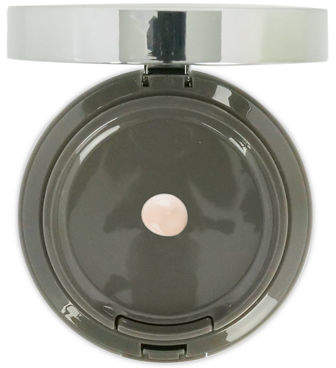At Peaceful Dumpling, we believe the winter season is sacred, and we treasure cool temps, but we’re also well aware that sometimes winter calls for a check-in with our skincare routine.

The plethora of skin perils associated with winter weather are well-known. Thanks to reduced humidity in the outdoor atmosphere and indoors (heating zaps moisture from the air), dryness, tightness, flakiness, redness, and dullness can strike anyone, anytime. Meanwhile, winter weather doesn’t necessarily spell peace for hormonal breakouts or hyperpigmentation. (‘Cause hormones will be hormones…) *Sigh*
Fortunately, two of the best ways to keep skin looking and feeling its best while combatting all of these issues are moisturizing and hydrating. While these two steps are important any time of year, they are especially critical when the winter elements increase skin’s vulnerability to moisture and water loss. And yes, there is a difference between the two. Let’s take a look!
How to Care for Your Skin this Winter: Moisturizing vs. Hydrating
Hydrating
Well-hydrated skin is skin that has enough water; it’s soft and supple. According to the experts at The Dermstore blog, “Hydration refers to the amount of water in the skin, and hydrators are specially formulated with ingredients called humectants for this purpose: to increase water content by catching moisture from the air and delivering it down to the skin’s layers.”
How to increase skin’s hydration:
Naturally, the experts recommend drinking plenty of water (I’m going to take it a step further and recommend these caffeine-free beauty teas—because you deserve to sip and feel pampered!)
“While drinking plenty of water is still the easiest way to hydrate our skin,” they explain, “Those with dry skin will benefit from a hydrator with hyaluronic acid.” Hyaluronic acid is a naturally occurring compound in skin, but our bodies’ production of hyaluronic acid lessens over time, which is why a trusty bottle of hyaluronic acid serum can come in handy. Hyaluronic acid is humectant that attracts water to the skin (in fact, it can hold up to a thousand times its weight in water!), and it’s gentle enough for all skin types. (Here’s more info about this wonder ingredient.)

Paula’s Choice Hyaluronic Acid Booster
After cleansing skin in lukewarm water (never hot), blot dry(ish) and apply a pea-sized amount of a serum or lotion that contains hyaluronic acid. (You’re not done yet, though!)
Moisturizing
Keeping skin hydrated is just the first step in ensuring it stays well and resilient during chilly weather. Follow any hydrating treatment with moisturizer to lock in those skin-plumping ingredients. The best moisturizing ingredients are usually oil-based or just oils, including non-comedogenic superstars like argan, marula, rosehip seed, vegan squalene, shea butter, and jojoba oil.
“While hydration is what makes our skin soft, it won’t stay that way if there is no oil protecting that hydration from evaporating and abandoning the skin, which would leave it dry and flaky,” The True Skin Care Center explains. “Conversely, to put oil on top of already dehydrated skin may smooth it, but it will still lack the hydration that makes it feel soft and elastic.”
It’s understandable to fear oils if you’re prone to break outs, but rest assured that oils are more likely to do good than harm. “Women usually associate oil with breakouts—this is simply not the case,” Nicole Akers of SkinCeuticals says. “Stripping the skin of any oil without replacing it can cause your skin to respond by producing excess oil. This reaction can overwhelm the pores and cause congestion and breakouts. It will also cause your skin to age faster. My advice? Continue to hydrate and moisturize. Skin heals faster and most efficiently in a moist environment.”
How to increase skin’s moisture:
Immediately after applying your hydrating treatment, massage an oil-based product over skin. If you’re not wearing makeup, feel free to reapply moisturizing ingredients throughout the day. If you are wearing makeup, opt for cream formulas to reinforce your skin’s moisture.

Kahina Giving Beauty Argan Oil

Juice Beauty Youth Cream Foundation Compact
Knowing the Difference between Dehydrated and Dry Skin
Even if you’re applying both hydrating and moisturizing treatments, it’s still possible for skin to feel less than its best if you haven’t found the right balance. Fortunately, you can do a quick diagnostic test to see where you’re lacking: “Dehydrated skin that is moisturized without receiving the amount of hydration will still look dull and feel uncomfortably tight,” The Center advises. “Dry skin that is hydrated but not moisturized will still flake and have a rough texture.”

How do you keep your skin healthy during winter months?
Related: Facial Sculpting Is The Hottest Trend In Skincare–All The Best Tools, From Free To $$$$
5 Hydrating Cactus Skincare Lines to Take Your Succulent Addiction To Next Level
Model Winnie Harlow’s Skincare Routine Is A Work Of Art–Here Are Her Fav Oils
Get more like this—Subscribe to our daily inspirational newsletter for exclusive content!
__
Photo: Zohre Nemati on Unsplash, Respective Brands
